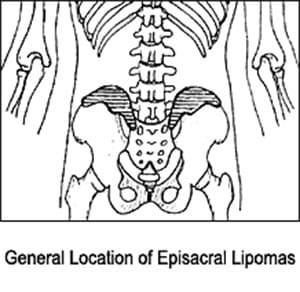Photocredit : likecovers.com

Photocredit: dcpracticeinsights.com
Back mouse or Episacral lipoma is painful nodule over the posterior sacraoiliac spine. It is caused by herniation of fat pad through a tear in the thoracodorsal fascia. The intensity of pain is variable from mild dull pains to severe and disabling pains.
The duration and frequency of pain too are unpredictable. Some patients may have pain almost daily and some may not have pain for years before getting them again. Pain in episacral lipomas can radiate to the buttocks or knees but seldom travels below the knees. Back pain is the second most common reason after the common cold to see a primary care physician or a general practitioner. A case of episacral lipoma can be a frustration to the patient and may be a diagnostic dilemma for the doctors. In view of the chronicity of the lower back pain, most patients would be subjected to multiple imaging investigations.
Injecting the painful nodule with a combination of local anaesthetic (Lignocaine 2%) and steroid (Triamcinalone 40mg/ml) would immediately reduce the pain. This is both a diagnostic and a therapeutic procedure. The injection can be administered in an outpatient setting by the general practitioner or primary care physician. A short course (2 weeks) of non- steroidal anti-inflammatory drugs can be prescribed in a time-based manner.
In some cases, the pain may recur and the patient may need further assessment by an Orthopaedic surgeon. Occasionally episacral lipomas may be associated with prolapse intervetebral discs or facet arthrosis.
In these cases, an MRI of the spine would help in excluding the other pain generators in the lower back. Episacral lipomas that fail to respond to non-surgical treatments may require surgical excision.
Share:
Was this article helpful?
Share:
Was this article helpful?
Health Packages
Elevate your health with tailored health packages at Columbia Asia Hospital. Take charge of your health journey today.

